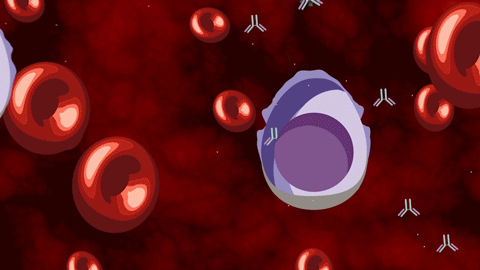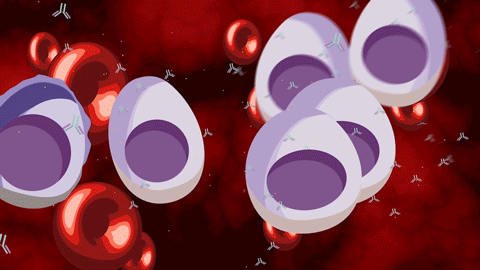Our bodies’ plasma cells are powerful forces. They are part of a strong network of flexible tissue in our bone marrow that helps keep our immune system healthy. Mutation in DNA of plasma cells can transform them into abnormal cells. These mutations can cause cells to multiply out of control, and may result in a type of cancer known as multiple myeloma.
Currently, multiple myeloma has no cure. However, there are many treatments that help manage the disease over time. Thanks to these treatments, a growing number of multiple myeloma patients are living ten or more years after diagnosis.
Whether you or a loved one have been diagnosed, it is important to understand multiple myeloma to begin on a treatment path.
How Multiple Myeloma Forms
Multiple myeloma is a cancer of the plasma cells, which are found mainly in the bone marrow – the soft, spongy tissue inside the bones where blood cells are made. Normal plasma cells create antibodies – special proteins that the body uses to fight infection and defend the body against harmful foreign invaders.

Like many cancers, multiple myeloma begins when a healthy cell mutates. In healthy cells, if the DNA is damaged, the cell can repair itself. However, sometimes a mutation in the DNA can prevent that repair. The result is an abnormal cell that begins to multiply.
As multiple myeloma cells grow, they begin to take up the space of healthy cells in the bone marrow. Normal bone marrow contains about 2-3% plasma cells; in people with multiple myeloma, abnormal plasma cells can make up at least 10% of the cells in the bone marrow.

As abnormal cells proliferate, they produce higher concentrations of chemicals and proteins that have other effects on the body. These proteins, for example, can cause the bones to thin and become damaged; and they can also put a greater strain on the kidneys.

Multiple myeloma treatments are engineered to disrupt the growth and multiplication of multiple myeloma cells. However, multiple myeloma still has no cure. Over the course of their treatment journey, many patients relapse, and will have to undergo subsequent, different therapies to manage the disease over time. And new treatments and innovations are helping multiple myeloma patients live longer. There are some medications, for example, that are specifically-made for patients with relapsed myeloma.
Speak to your doctor about the treatments that might be best for you.


